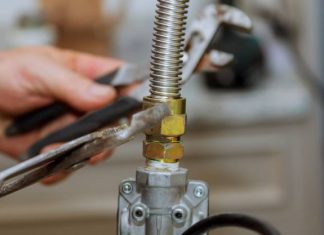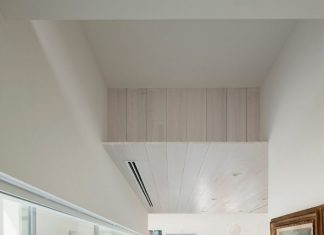If you’re facing foundation issues, you’re probably searching for the best repair solution. One of the most effective ways to fix foundation problems is by installing helical piers. But, with so many options available, it can be challenging to choose the right helical piers for your foundation repair. In this article, we’ll discuss everything you need to know to make the right choice.
Table of Contents
- What are Helical Piers?
- Benefits of Helical Piers
- Types of Helical Piers
- Square Shaft Helical Piers
- Round Shaft Helical Piers
- Helical Anchors
- Factors to Consider When Choosing Helical Piers
- Load-Bearing Capacity
- Soil Type
- Depth of Installation
- Accessibility
- Cost
- Choosing a Helical Piers Contractor
- Installation Process of Helical Piers
- Maintenance of Helical Piers
- Advantages of Choosing the Right Helical Piers
- Conclusion
1. What are Helical Piers?
Helical piers are steel piers that are used to provide stability and support to a foundation. They are also known as helical piles, screw piles, or helical anchors. These piers are installed deep into the ground until they reach a stable soil layer or bedrock.
2. Benefits of Helical Piers
Helical piers are an effective and reliable solution for home foundation repair. Some of the benefits of using helical piers are:
- They can be installed quickly and efficiently.
- They can be installed in areas with limited access.
- They provide long-lasting stability to the foundation.
- They are less disruptive to landscaping compared to other repair methods.
- They are resistant to corrosion and environmental factors.
3. Types of Helical Piers
There are three main types of helical piers available:
1. Square Shaft Helical Piers
Square shaft helical piers have a square-shaped shaft and are commonly used in commercial and industrial applications. They have a higher load-bearing capacity and are ideal for supporting heavy structures.
2. Round Shaft Helical Piers
Round shaft helical piers have a round-shaped shaft and are commonly used in residential applications. They have a lower load-bearing capacity compared to square shaft piers, but they are more affordable and can support light to medium-weight structures.
3. Helical Anchors
Helical anchors are used to provide lateral support to foundations. They are typically used in retaining walls and other structures that require additional stability.
4. Factors to Consider When Choosing Helical Piers
When choosing the right helical piers for your foundation repair, several factors need to be considered:
1. Load-Bearing Capacity
The load-bearing capacity of the helical piers should match the weight of the structure it needs to support. A structural engineer can determine the required load-bearing capacity based on the weight and size of the structure.
2. Soil Type
The soil type plays a crucial role in the selection of helical piers. The soil’s characteristics, such as its density, cohesion, and friction angle, affect the load-bearing capacity of the piers.
3. Depth of Installation
The depth of installation of the helical piers depends on the soil type and the weight of the structure. A deeper installation provides more stability and load-bearing capacity.
4. Accessibility
The accessibility of the installation site is another critical factor to consider. If the installation site is challenging to access, it may require specialized equipment, which can increase the installation cost.
5. Cost
The cost of helical piers varies depending on the type of piers, the load-bearing capacity, and the installation process. It’s essential to consider the cost of the piers and the installation process to make an informed decision.
5. Choosing a Helical Piers Contractor
Choosing the right helical piers contractor is crucial for the success of your foundation repair project. Look for a contractor that has experience in helical pier installation and has a good reputation. Ask for references and check their online reviews. Also, ensure that the contractor is licensed and insured.
6. Installation Process of Helical Piers
The installation process of helical piers involves the following steps:
- Excavation of the installation site
- Installation of the helical piers using specialized equipment
- Attachment of the pier to the foundation
- Load testing to ensure stability
7. Maintenance of Helical Piers
Helical piers require minimal maintenance. However, it’s essential to inspect them periodically for any signs of movement or settling. Any issues should be addressed promptly to avoid further damage.
8. Advantages of Choosing the Right Helical Piers
Choosing the right helical piers can provide several advantages, including:
- Long-lasting stability and support to the foundation
- Cost-effective solution compared to other repair methods
- Minimal disruption to the landscaping
- Resistant to environmental factors and corrosion
- Increased property value
9. Conclusion
Choosing the right helical piers is crucial for the success of your foundation repair project. Consider the load-bearing capacity, soil type, depth of installation, accessibility, and cost when selecting the piers. Also, choose an experienced and reputable contractor for the installation process. Proper maintenance of the piers can ensure long-lasting stability and support to your foundation.














